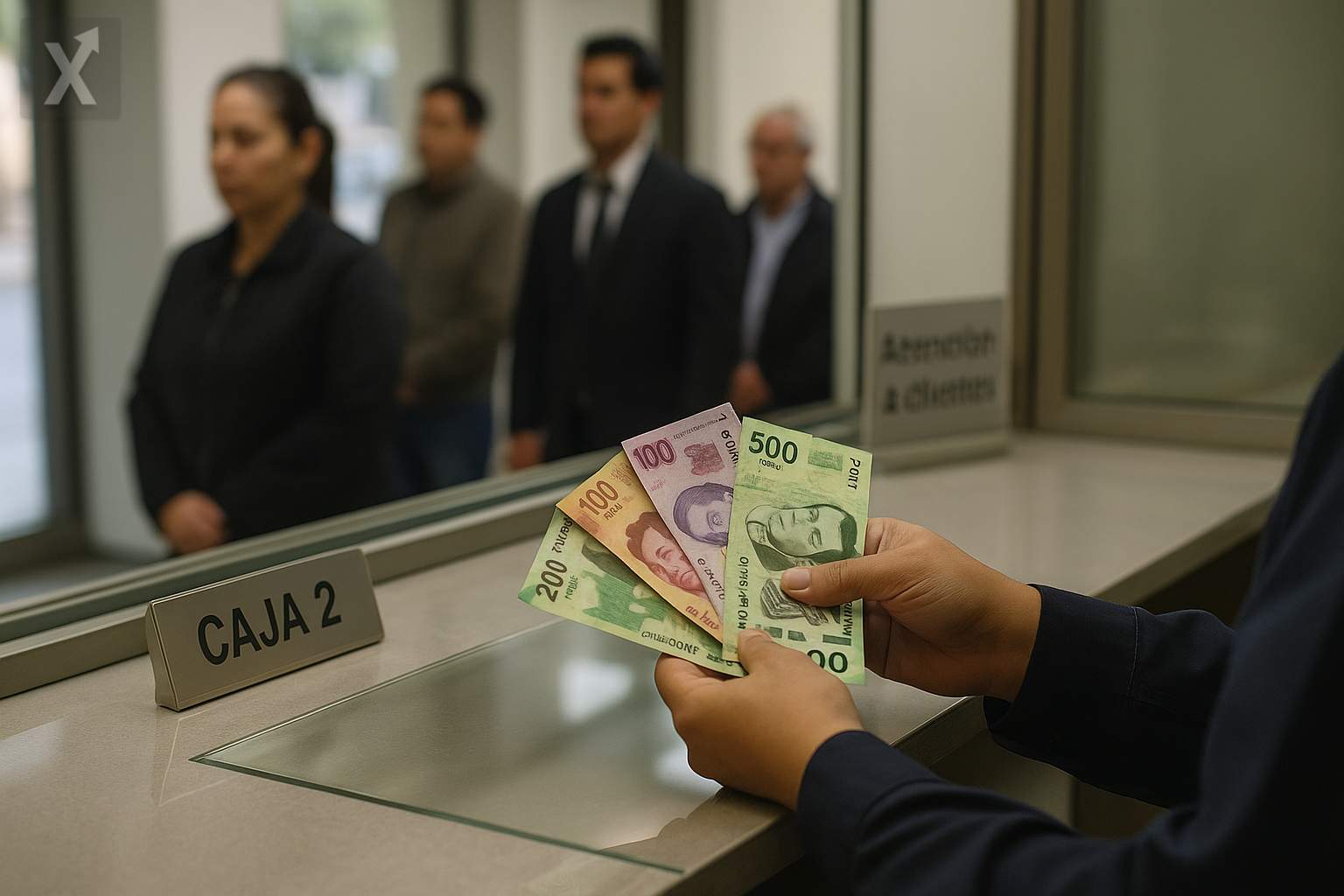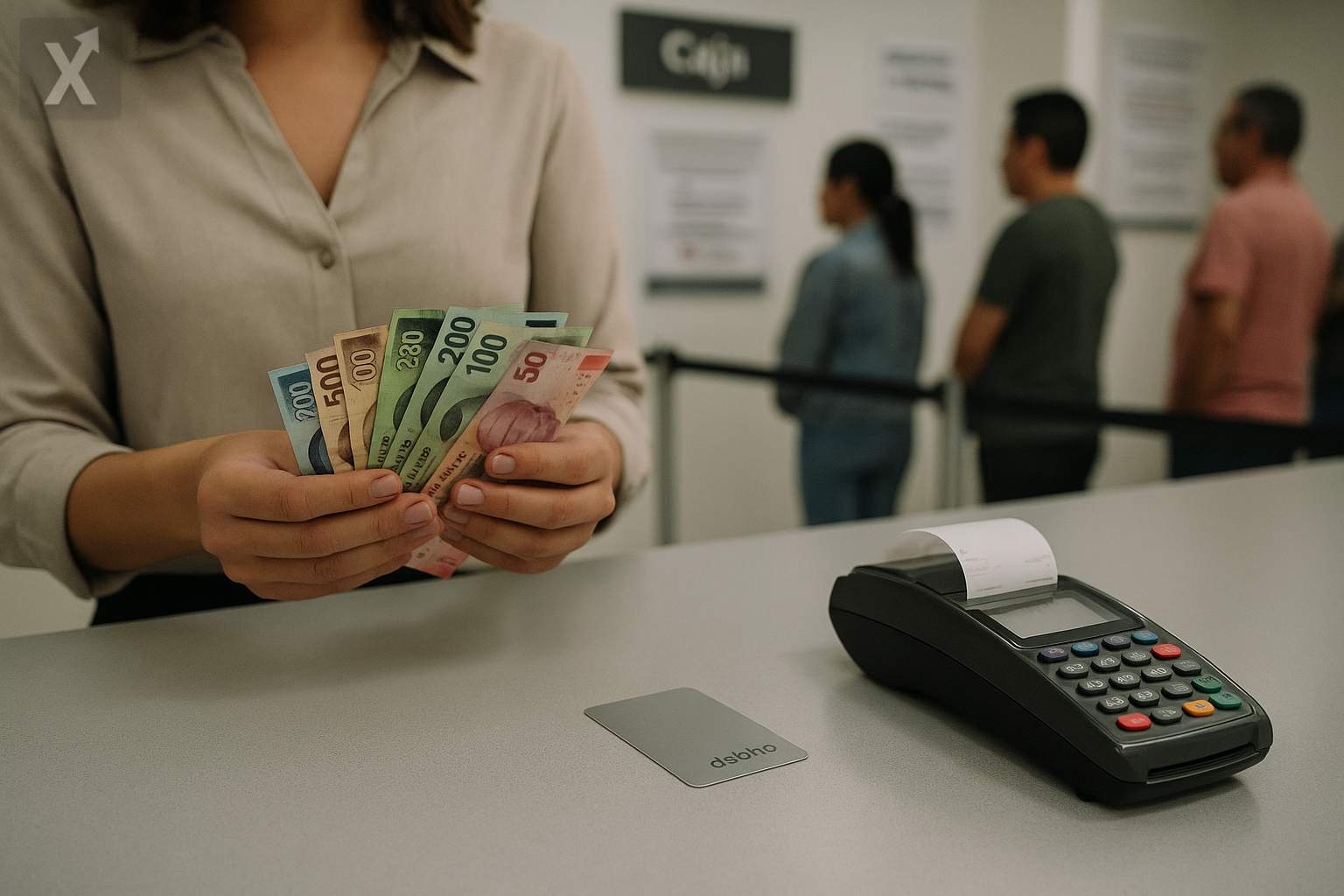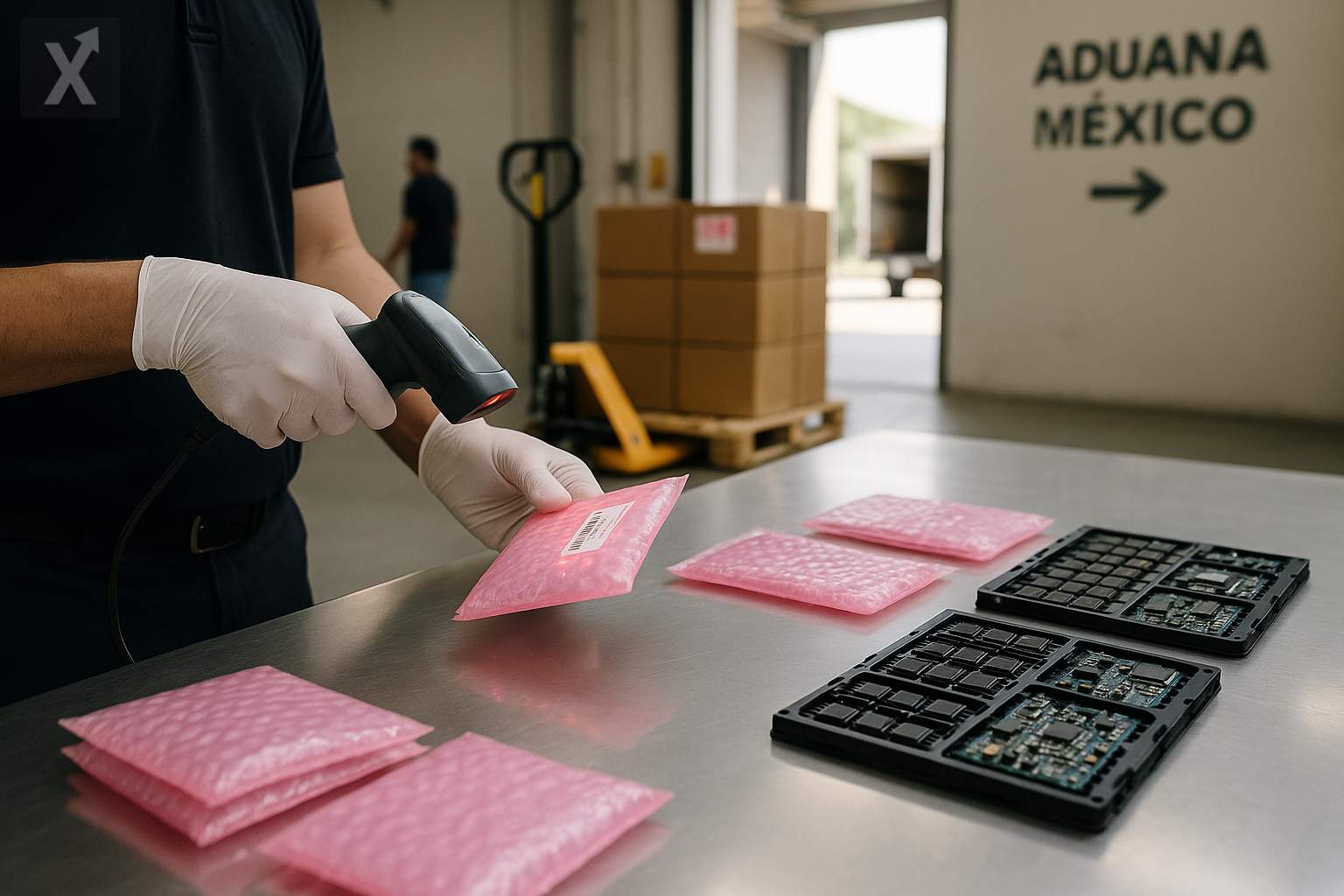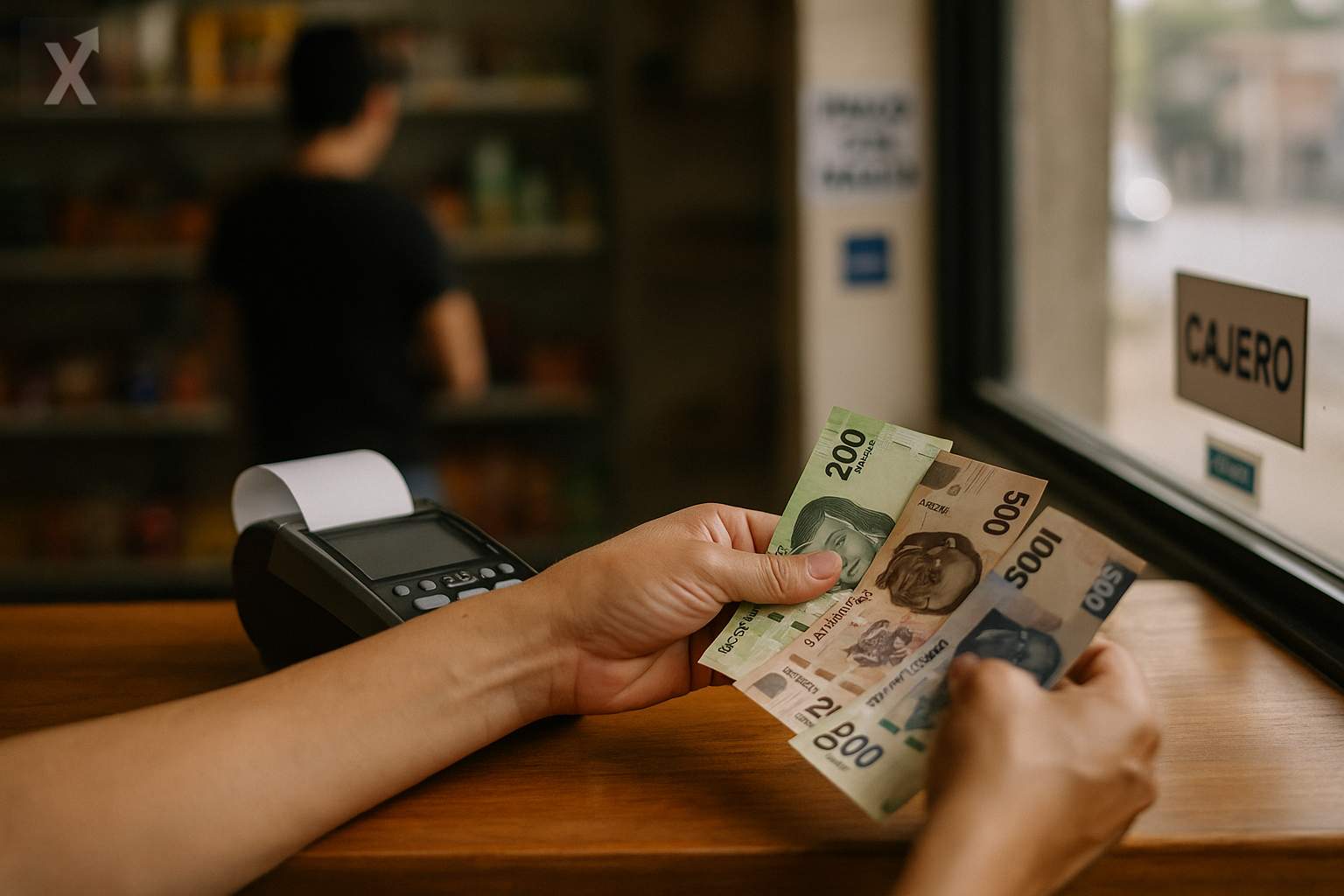Mexico Accelerates Its Industrial Transformation and Solidifies Its Global Manufacturing Leadership
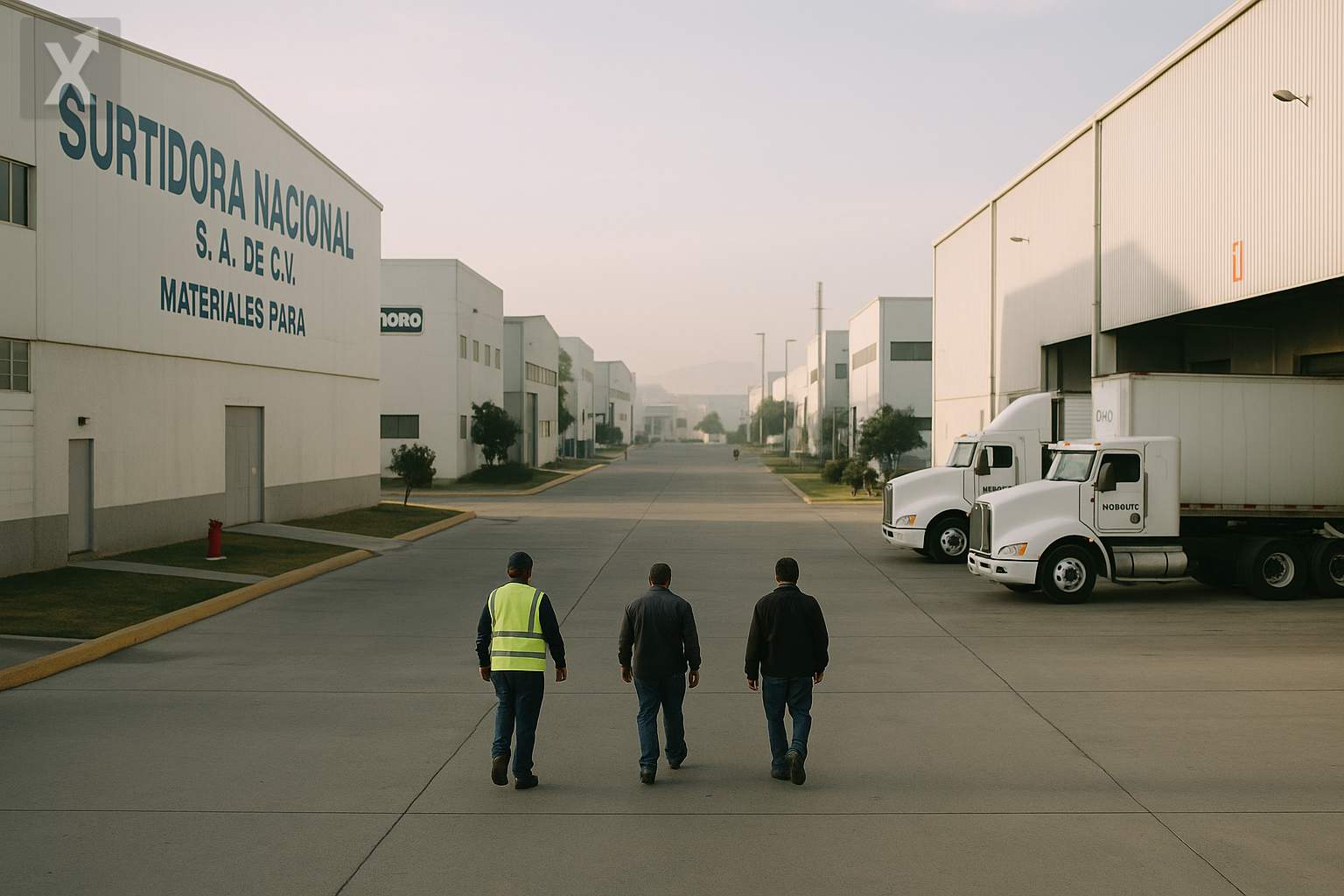
The Mexican industrial landscape is experiencing a pivotal moment. A little over three decades after the signing of the North American Free Trade Agreement (NAFTA), the country's economy has taken firm steps to position itself as a world-class manufacturing powerhouse. The most recent example of this dynamic is the inauguration of new Development Hubs for Well-being (Podebis), a strategy aimed at strengthening Mexico's integration into global value chains and promoting sectoral diversification beyond traditional export assembly.
By mid-2024, Mexico secured its position as the eighth-largest country worldwide in terms of industrial output, according to World Bank data. The country not only surpassed powerhouses such as South Korea and Indonesia, but over the past year, it also overtook Italy and is now approaching the levels of the United Kingdom and Russia; only China and the United States remain significantly ahead. With an industrial output exceeding $586 billion, Mexico leads Latin America and is increasingly seen as a key partner for global manufacturing.
The strategy now promoted by President Claudia Sheinbaum seeks to capitalize on this position by multiplying the number of Podebis. These projects, which began during the previous administration with the Interoceanic Corridor of the Isthmus of Tehuantepec, are expanding into key regions of the country as part of the so-called Mexico Plan. Around 30 new hubs are expected to be added to those previously planned, for a total of 42 initiatives aimed at driving industrial, technological, and logistical development in various states.
The sectoral focus is broad, aiming to impact agribusiness, automotive, aerospace, semiconductors, medical devices, clean energy, petrochemicals, circular economy, logistics, and more. According to the Ministry of Economy, these hubs are designed as secure spaces in the face of global volatility, offering infrastructure platforms, access to sustainable energy, and advanced logistical connectivity to attract high-value domestic and foreign investment.
The first Podebi formalized under the new administration was announced in Zinapécuaro, Michoacán. The Bajío Industrial Park, covering 342 hectares, boasts strategic access to highways, an international airport, and rail connections to the port of Lázaro Cárdenas and the North American network—key elements promising to energize the regional economy with a sustainable approach. A second project in Chetumal, Quintana Roo, adds the component of integration with the Maya Train infrastructure and participation in traditionally lagging sectors such as agribusiness, technology, and logistics, seeking a more balanced development in the south of the country.
The World Economic Forum recognizes Mexico as one of the few countries that has managed to maintain solid industrial growth, not only due to its low costs but also because of its resilience, innovation, and sustainability. The shift toward an active industrial development policy encouraging investment, technological adoption, and business integration is highlighted, with the aim of moving from merely exporting manufactured goods to becoming an industrial player with its own research, development, and added value.
Analysts caution, however, that the effectiveness of the Podebis will depend on factors such as governmental continuity, the attraction of real—not just announced—investments, the development of local talent, and improvements to energy and logistics infrastructure. Additionally, structural challenges such as insecurity, bureaucracy, and global competition for nearshoring will continue to set the pace for Mexico’s industrial transformation in the coming years.
In summary, Mexico stands at a critical crossroads: it is solidifying its position on the global industrial map and seeking to diversify its growth toward new regional hubs and emerging sectors. The vision is ambitious and external conditions appear favorable, but the sustainability of progress will depend on execution, long-term planning, and the ability to adapt in an ever-changing international landscape.
In conclusion, Mexico’s reindustrialization is progressing steadily, placing the country in a new position within the global economy. However, the results of this strategy will depend on the persistence of favorable conditions, successful institutional coordination, and the real consolidation of investments that will enable Mexico to become a next-generation manufacturing center.
